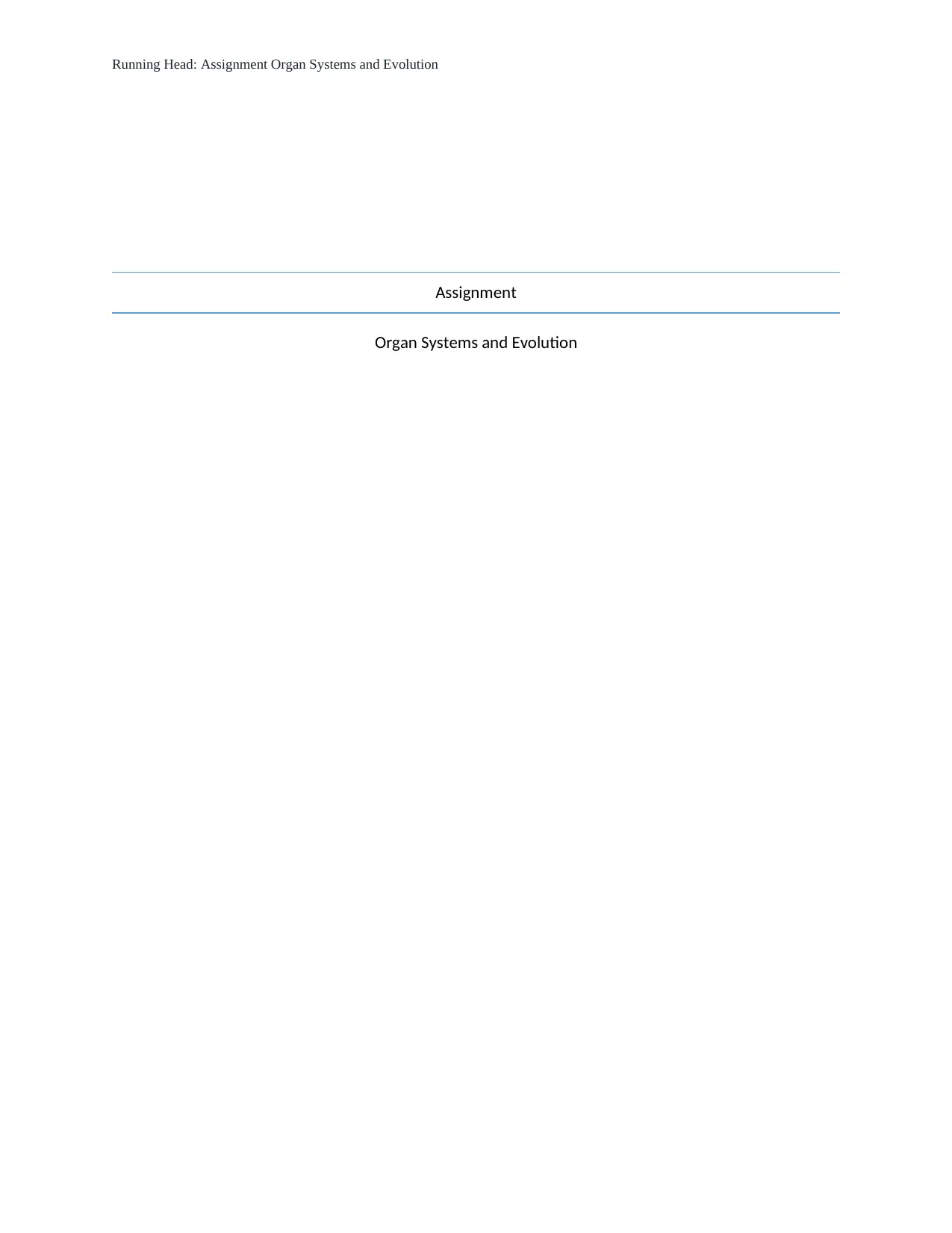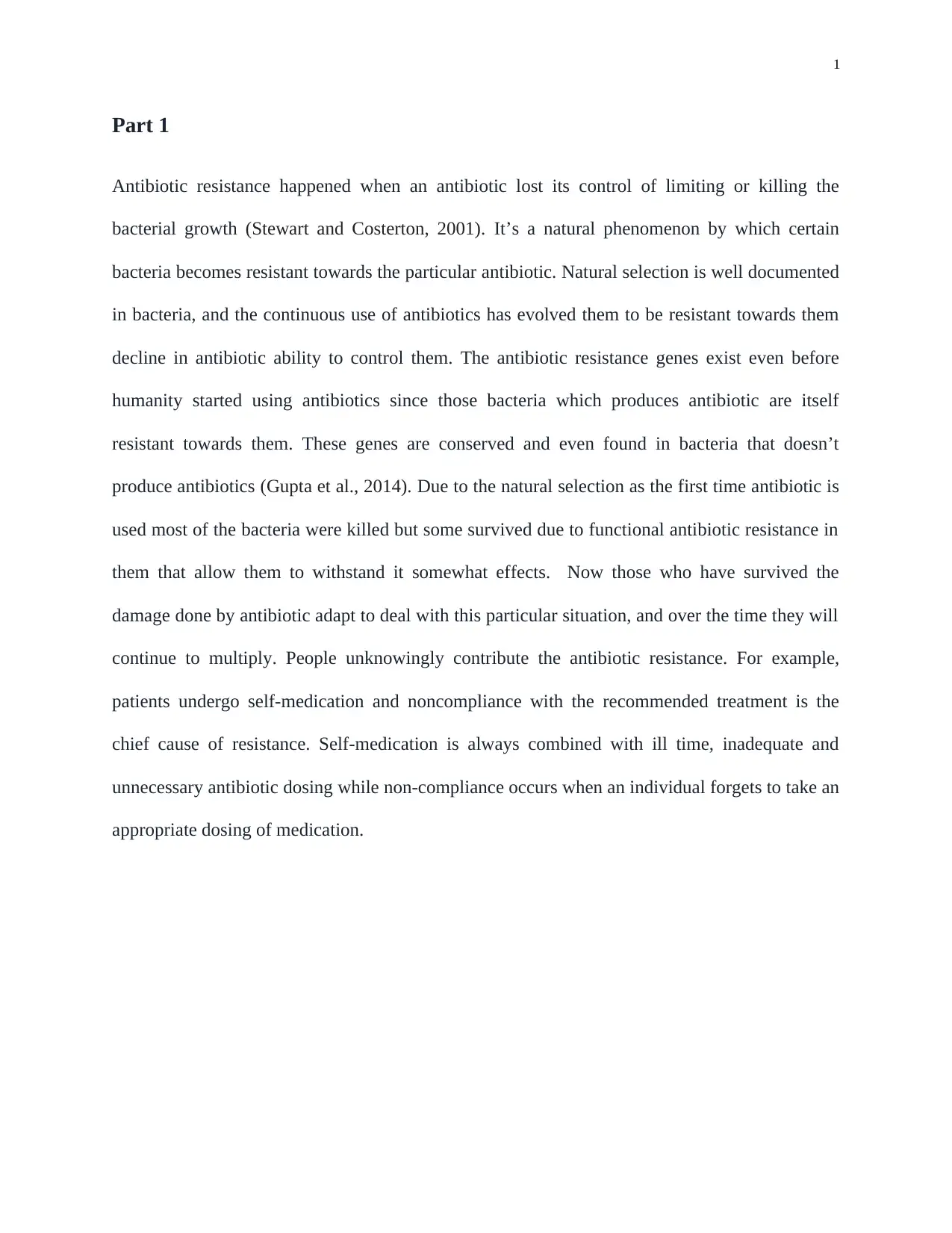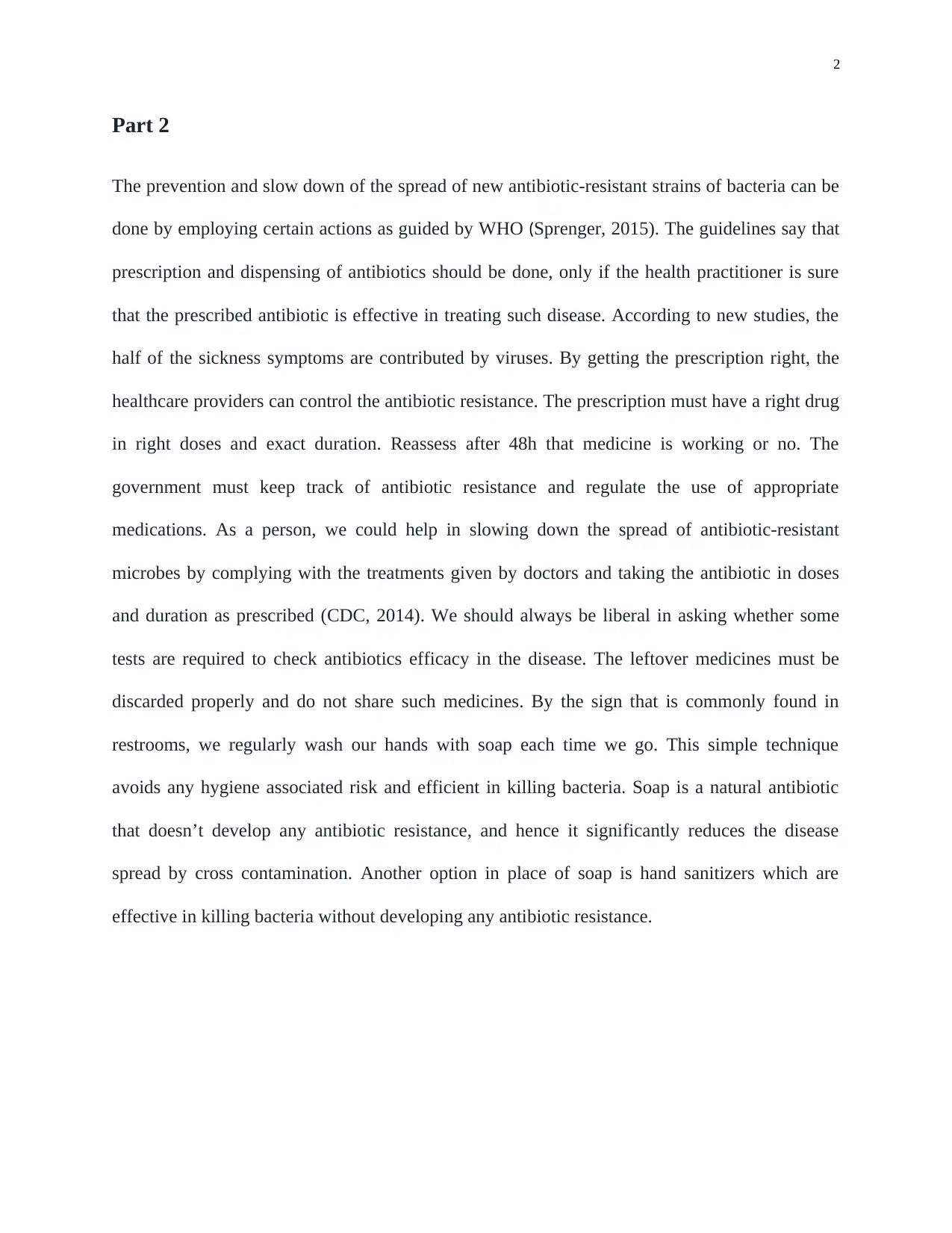Biology Assignment: Exploring Antibiotic Resistance and Evolution
VerifiedAdded on 2019/09/16
|4
|694
|404
Homework Assignment
AI Summary
This biology assignment explores the phenomenon of antibiotic resistance, detailing its origins and evolution. The assignment begins by defining antibiotic resistance as the loss of an antibiotic's ability to control bacterial growth, a natural consequence of natural selection. It explains how the overuse of antibiotics has led to resistant strains and highlights the existence of resistance genes even before the widespread use of antibiotics. The assignment then delves into the role of human behavior, such as self-medication and non-compliance with treatments, in contributing to the problem. The second part of the assignment focuses on prevention strategies, referencing WHO guidelines that emphasize the importance of appropriate antibiotic prescription and dispensing. It stresses the need for healthcare providers to prescribe the correct drugs at the correct doses and duration. The assignment also suggests individual actions, such as complying with prescribed treatments, questioning the need for antibiotics, and practicing good hygiene, including handwashing, to slow the spread of resistant bacteria. The assignment highlights the role of soap and hand sanitizers as effective hygiene practices.
1 out of 4






![[object Object]](/_next/static/media/star-bottom.7253800d.svg)